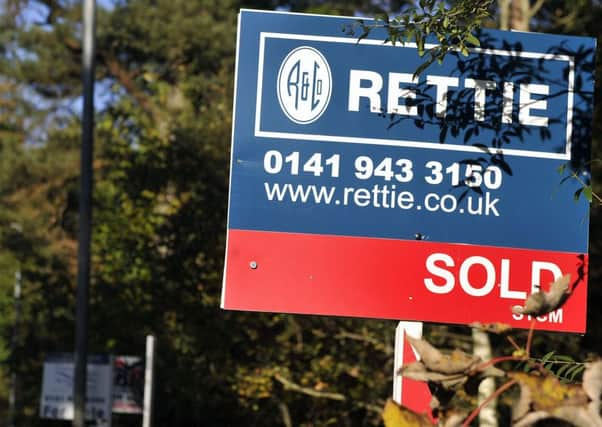John Boyle: Time to change Scotland's property tax
This article contains affiliate links. We may earn a small commission on items purchased through this article, but that does not affect our editorial judgement.


Along these lines, we were part of an industry collective that met with the Scottish Government and senior civil servants earlier this month as part of an ongoing consultation on the subject.
Increasingly, our own research and similar findings by many others in the industry indicate that there is a strong case for making changes to LBTT to stimulate sales in the housing market that will translate to much better returns for the public purse – a “win-win” for the Scottish economy as we look likely to face recessionary pressures in post-Brexit times.
Advertisement
Hide AdAdvertisement
Hide AdOur research shows that while properties priced below the £333,000 band make a small saving compared with the previous stamp duty regime, properties over this price pay more and this becomes markedly more as the price of a property gets higher.
In the tax band £325,000 to £750,000, there have been more than 900 fewer sales in the current financial year to September 2016 against the previous 12-month period. When you go up to the next band, above £750,000, there have been more than 100 fewer sales.
This is important, and arguably detrimental, as a lack of sales at the top of the market percolates down to lower levels causing a chain effect that slows down the market as a whole. Data suggests that this fall in middle to top end sales left the Government with a significant revenue shortage on residential LBTT of more than £30 million in 2015-16, which may have been as much £40m had the introduction of the additional dwelling supplement (ADS) not caused a relative surge in sales late in the financial year to beat its introduction in April 2016.
We are supportive of the Scottish Property Federation’s proposal to raise the 5 per cent LBTT band to £500,000 – which currently only goes to £325,000 after which it jumps to 10 per cent. This is quite a marked uplift for properties above £325,000, which are basically paying £1,000 in property tax for every £10,000 that the property selling price goes beyond this value.
It particularly hits those buying family homes in Edinburgh, Aberdeen and parts of Glasgow, where average prices of such properties are well beyond £325,000. This suggests LBTT is becoming a geographical tax. For example, although the City of Edinburgh accounts for less than 10 per cent of Scottish households, it is providing around 30 per cent of LBTT receipts.
By raising this band, there would be a saving of around £9,000 on properties priced above £500,000 in terms of property tax, bringing property tax in Scotland more in line to what it is down south. It would also help to stimulate sales, raising more revenue for the Government.
It would also be more redistributive because it would see wealthier households actually paying more tax by being more incentivised to buy and sell property.
• Dr John Boyle is director of research and strategy at property group Rettie & Co
